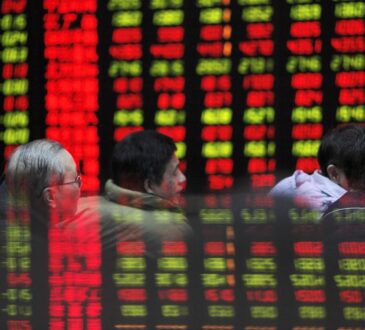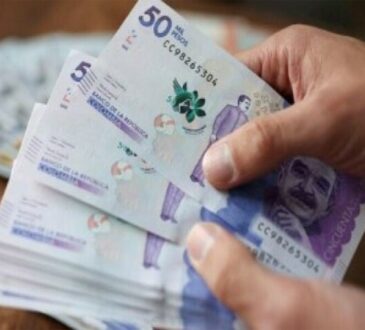
Recent data reveals a significant uptick in China’s non-manufacturing Purchasing Managers’ Index (PMI), reaching a six-month peak at 51.4. This surge underlines a robust recovery in the service sector, potentially altering the landscape of global currency markets, particularly impacting the New Zealand and Australian dollars.
Economic Significance of Non-Manufacturing PMI
The non-manufacturing PMI is a vital indicator of the economic health of service sectors, encompassing ten major indicators such as business activity, new orders, and employment. An index above 50 percent signals expansion, making the recent 51.4 reading a positive sign for China’s economic recovery, especially after months of subdued activity due to stringent COVID-19 restrictions.
Impact on Global Currencies
The performance of China’s economy and its policies have profound implications for global currency markets. The recent PMI data has particularly affected the New Zealand and Australian dollars, with the former being the worst-performing G10 currency over the past week. This correlation highlights the sensitivity of these currencies to Chinese economic indicators, given the significant trade relations between these nations.
Looking Ahead: Market Movements
Market analysts are keenly observing upcoming economic releases, including the ISM Services PMI and Federal Reserve Chair Jerome Powell’s testimony, for further cues on global economic trends. These events, combined with China’s PMI figures, are likely to influence currency valuations and investment strategies in the coming weeks.
As China’s service sector shows signs of resilience, the global economic community watches closely. The ripple effects of this recovery could redefine trade dynamics and currency strengths, marking a pivotal moment in the post-pandemic economic landscape. With strategic implications for trade and investment, stakeholders remain vigilant, ready to navigate the shifts in the global financial ecosystem.




